Dual pricing offers different prices for cash and credit transactions, while non-cash adjustment is a pricing strategy that adds a fee to credit transactions to offset the cost of credit card processing fees.
Frequently asked questions
Is it necessary to inform customers about dual pricing?
Yes, it is necessary to inform customers about dual pricing to ensure transparency and avoid any confusion or misunderstandings.
How can a business determine if dual pricing is right for them?
A business can determine if dual pricing is right for them by analyzing their sales data and assessing the costs and benefits of implementing dual pricing. Want to know if your business qualifies? Give our team a call and we’ll help you!
Can dual pricing be used in all types of businesses?
Dual pricing can be used in many types of businesses, but it may not be appropriate or feasible for all businesses, depending on their size, industry, and customer base.
Are there any drawbacks to using dual pricing?
One potential drawback of dual pricing is that it can be seen as unfair or discriminatory to customers who don’t have the option to pay in cash, such as those who rely on credit cards to make purchases.
How do businesses benefit from dual pricing?
Businesses can benefit from dual pricing by reducing their credit card processing fees and increasing their cash flow.

